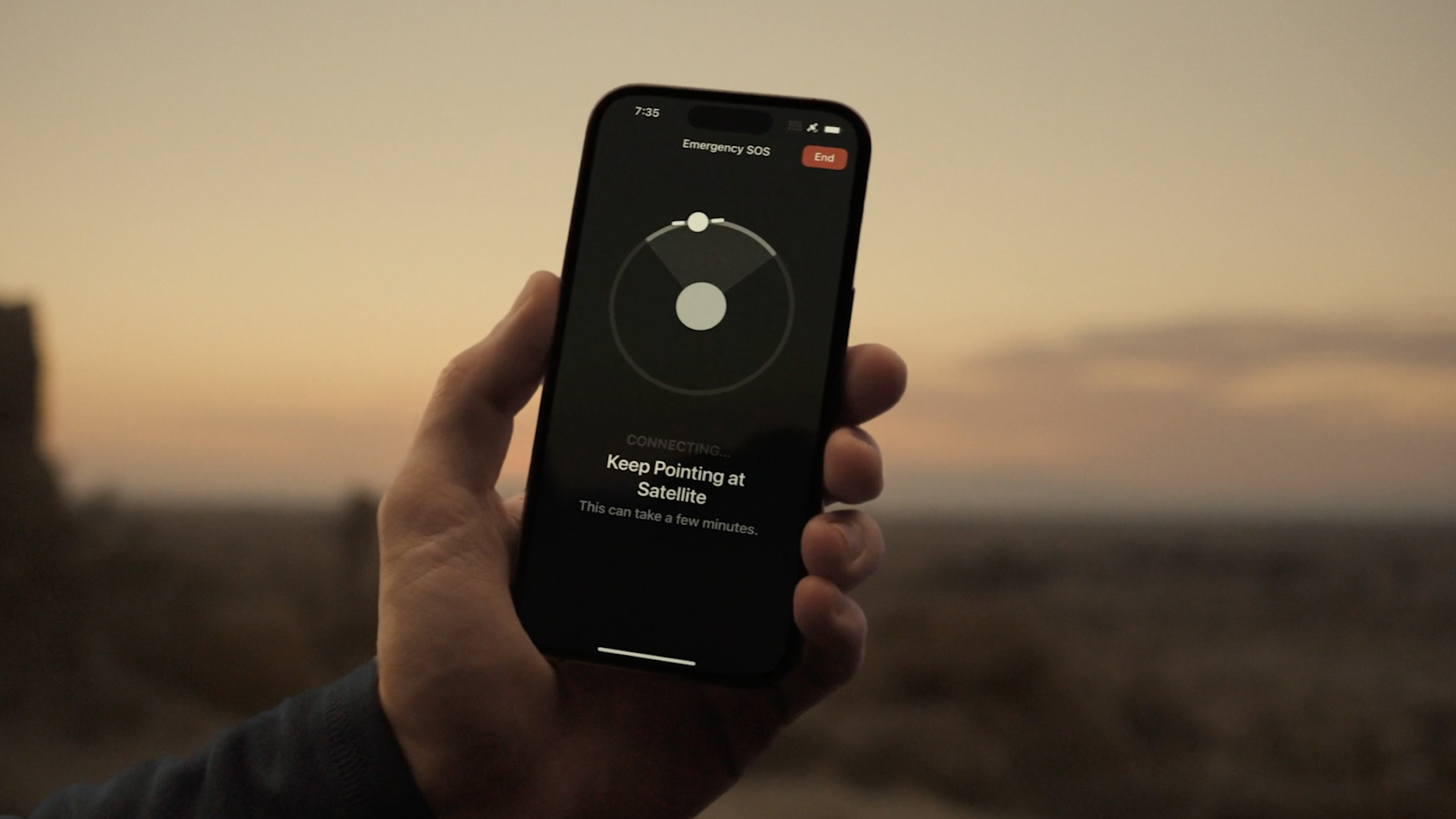'Lives were 100% saved' as iPhone and Apple Watch emergency SOS features get the first responder seal of approval
Apple's iPhones and Apple Watches are saving lives.

The idea that Apple's various emergency SOS features help save lives isn't a new one, but it's a story that is worth repeating because the more people are aware of features like Emergency SOS via Satellite and Fall Detection, the better. We've seen stories of those specific features helping people get help when they might otherwise not be able to, while the Crash Detection feature can call emergency services should someone be in an accident, too.
But after early reports that some of these features were causing false-positive alerts and swamping emergency services with calls when Apple Watch owners had simply fallen down the ski slope, even first responders are now admitting that Apple's software and hardware combination can help save lives. In fact, they say that's exactly what's happening — and they have the receipts to prove it.
Following the news that Apple isn't going to start charging for Emergency SOS via Satellite for at least another year, it's becoming increasingly clear that charging money for a lifesaving service might not be a route that Apple wants to go down — especially when it weighs up the current good press these features receive against the negative press of someone not being rescued because they didn't pay a monthly subscription. And who better to tell the world how vital these features are than those who deal with them day in and day out?
Fall detection to the rescue
In a dive into the way emergency services are using Apple's technology to save lives a Backpacker report detailed the story of Mike Menand, a hiker who took a fall in the Chattahoochee River National Recreation Area earlier this year. Menand says that something spooked his dogs and he wound up taking a tumble and breaking his leg. The pain was so bad that he couldn't call for help, but his Apple Watch had already placed a call to emergency services.
"Unbeknownst to Menand, his Apple Watch detected the fall," Backpacker explains. "After Menand failed to dismiss the resulting alert, the watch sent an emergency notification to law enforcement, detailing his location and leading to his rescue. "
A helicopter ride later Menand has a titanium rod in his leg and says that the Apple Watch saved his life. Who knows if he would have been able to get help without it.
Assistant Director of the Los Angeles County Sheriff’s Department (LASD), Mike Leum, shared details of another feature, Crash Detection, that helped to save a life after a driver fell 400ft down a mountain in his vehicle. He was left with a bad bleed from his head, but the emergency call had already been made and help was on the way.
iMore offers spot-on advice and guidance from our team of experts, with decades of Apple device experience to lean on. Learn more with iMore!
“We stopped the bleeding, called a helicopter, and got him to an emergency room. He definitely wouldn’t have been alive for much longer without the call,” Leum explained.
Laum continued to wax poetic about the features Apple's iPhones and Apple Watches offer, adding that the key is the data that they provide. “Number one is the immediate notification that we get. People have an hour to get advanced life support to increase their survivability," Leum said "In a couple of these incidents, people’s lives were one hundred percent saved because of this feature.”
Two-way Emergency SOS via Satellite
Leum also noted that the way the iPhone 14 and iPhone 15 models allow two-way communications via their Emergency SOS via Satellite feature can make all the difference. “The great thing about that feature—there are many great things about this feature—is that it is a two way communication device,” Leum told Backpacker. “So when they send the 911 text message, the station can reply and find out very important information like: Is anybody hurt? How many people are with you? Does anyone have any medical conditions?”
Apple continues to expand its Emergency SOS via Satellite features with a new addition allowing people to call for roadside assistance in the event of a breakdown. That too has the ability to help save lives, but it could be just as helpful when you get a flat tire and you're out of cell services, too. And doesn't that always seem to be the way with these things?
More from iMore

Oliver Haslam has written about Apple and the wider technology business for more than a decade with bylines on How-To Geek, PC Mag, iDownloadBlog, and many more. He has also been published in print for Macworld, including cover stories. At iMore, Oliver is involved in daily news coverage and, not being short of opinions, has been known to 'explain' those thoughts in more detail, too.
Having grown up using PCs and spending far too much money on graphics card and flashy RAM, Oliver switched to the Mac with a G5 iMac and hasn't looked back. Since then he's seen the growth of the smartphone world, backed by iPhone, and new product categories come and go. Current expertise includes iOS, macOS, streaming services, and pretty much anything that has a battery or plugs into a wall. Oliver also covers mobile gaming for iMore, with Apple Arcade a particular focus. He's been gaming since the Atari 2600 days and still struggles to comprehend the fact he can play console quality titles on his pocket computer.
